Shanghai Masters: The Shining Jewel and Future Path of Asian Tennis
The Shanghai Masters, being Asia’s sole ATP1000 Masters event, has grown into a brilliant sports landmark for the city since settling in Shanghai in 2009. This tennis haven in the East has gained global recognition due to its excellent management, top-tier venues, and enthusiastic supporters.
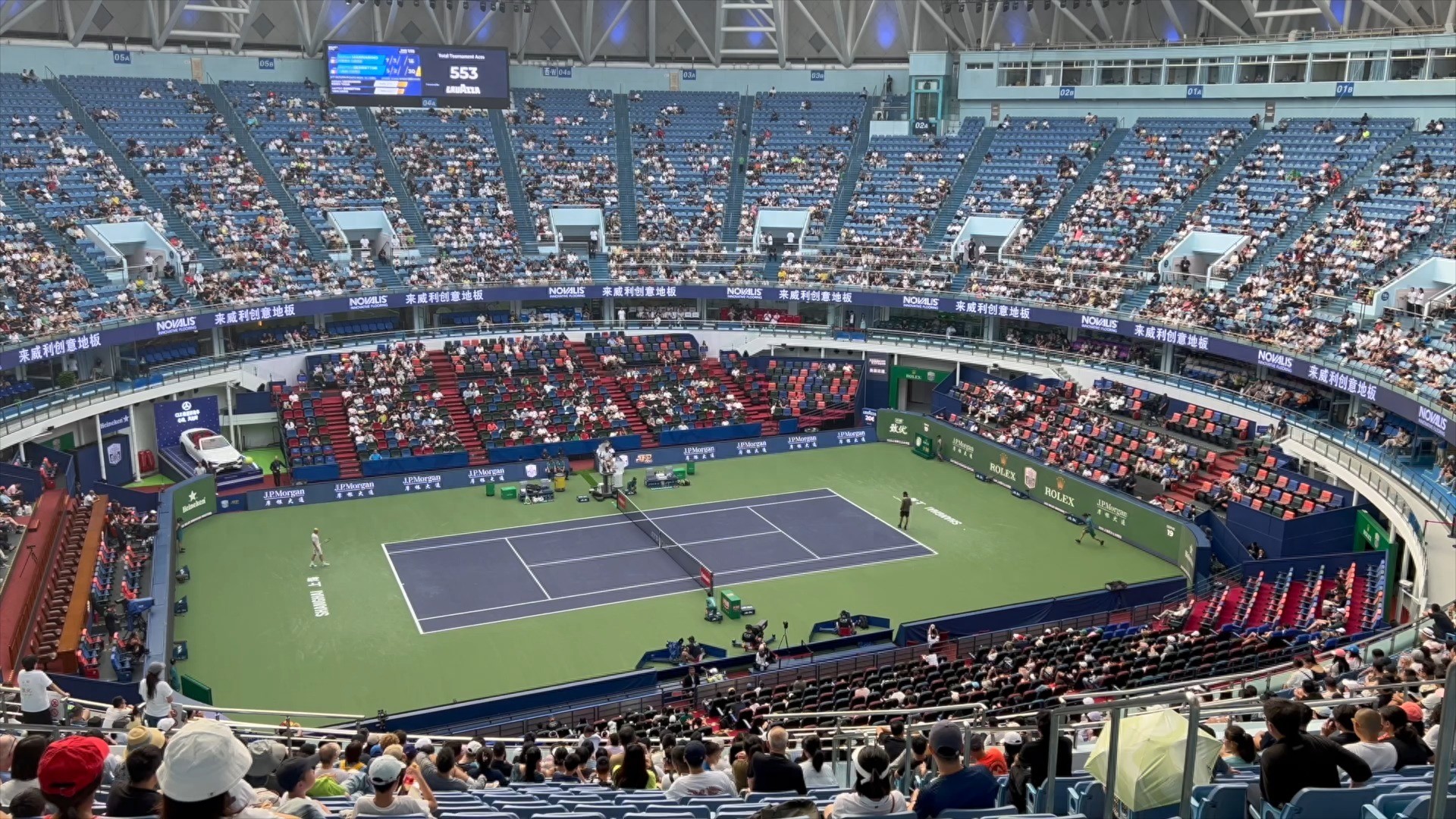
Shanghai’s connection with tennis dates back to 1998 when it first hosted an international tennis event—the Heineken Open. In 2002, Shanghai successfully held the Tennis Masters Cup (the predecessor of the ATP Finals), laying the groundwork for hosting higher-level tournaments. After years of development, the Shanghai Masters was launched in 2009 as the youngest ATP1000 Masters event on the ATP Tour. Since then, Asia has had its own premier tennis competition, allowing Chinese fans to witness world-class players’ skills right at home.
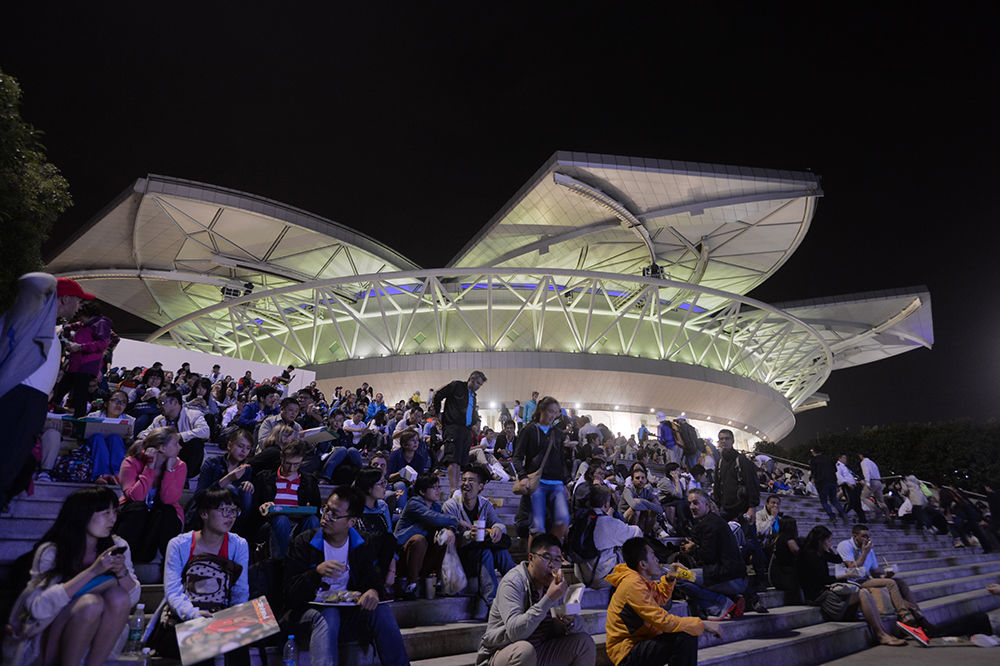
Over the past decade, the Shanghai Masters has witnessed countless glorious moments of tennis legends. From the inaugural champion Davydenko, to the 38th “Fedal” showdown between Federer and Nadal in 2017, and Djokovic lifting the White Magnolia Cup four times at the Qizhong Tennis Center, these iconic scenes are deeply etched in the history of Chinese tennis development.
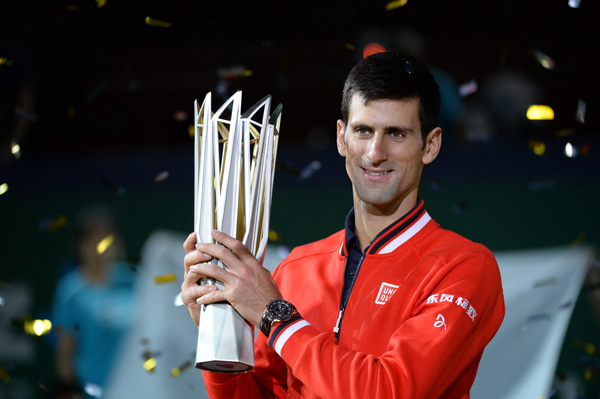
The Shanghai Masters holds a crucial position within the ATP Tour, being one of the nine ATP World Tour Masters 1000 events, ranking just below the Grand Slams and the ATP Finals in importance. ATP CEO Paul has praised the tournament highly: “The infrastructure upgrades, player treatment, services, fan zones, and overall experience we see in Shanghai have elevated the Masters to a different level.” The tournament has been voted “Best ATP1000 Tournament” by players for five consecutive years, a testament to its exceptional organization. As the only Masters event in the Asia-Pacific region, the Shanghai Masters is not only a competitive stage but also a bridge connecting Chinese and global tennis cultures.
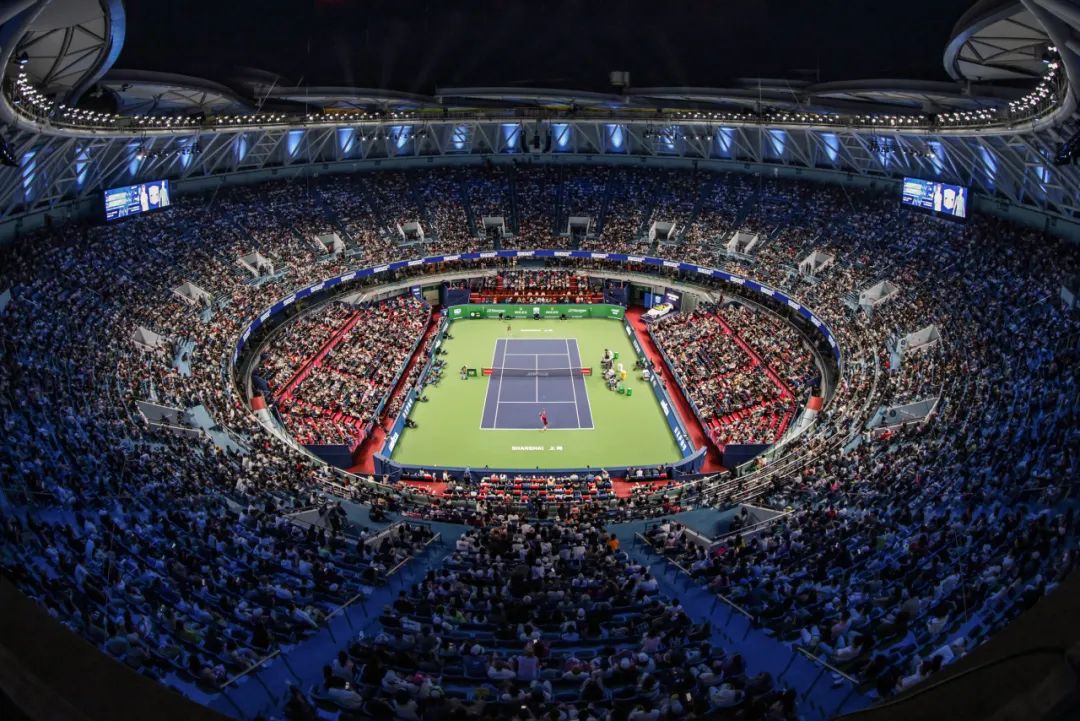
A distinctive tradition of the Shanghai Masters is awarding each year’s champion with a finely crafted Terracotta Warrior model. This unique idea cleverly blends Shanghai’s urban charm with China’s rich historical culture, allowing players from around the world to appreciate the depth of Chinese civilization beyond competition. When tennis stars hold the White Magnolia Cup alongside the Terracotta Warrior for memorable photos, it symbolizes a friendly cultural dialogue between East and West on this green court. This culturally rooted creative expression not only enhances the tournament’s unique identity but also gives every champion a special Chinese memory to take home.
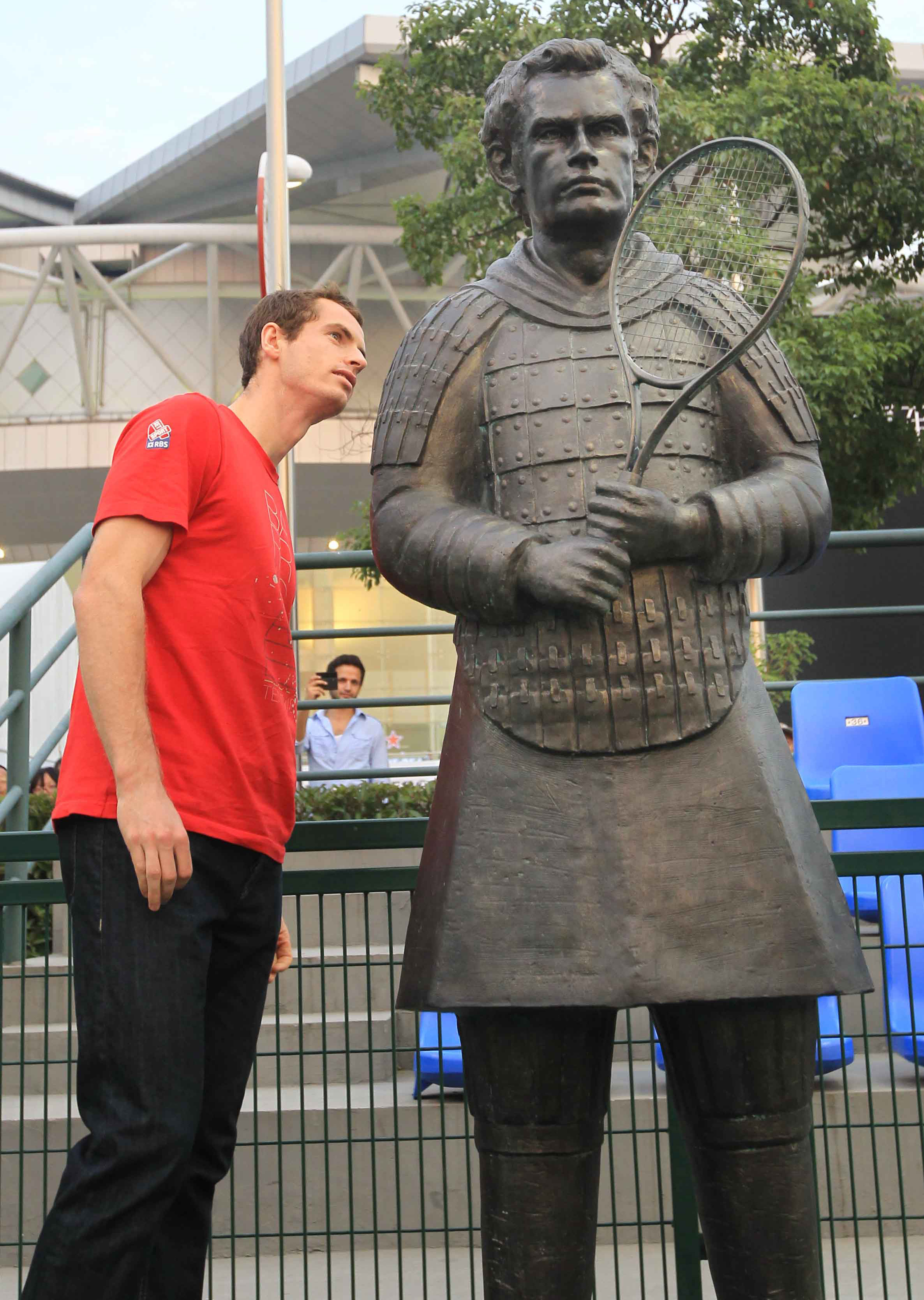
As a men’s professional tennis event, the Shanghai Masters has long lacked a corresponding women’s tournament, meaning fans miss out on seeing top female players at this event. This also somewhat limits opportunities for Chinese women’s tennis to connect with the highest international levels. While the WTA holds several events in Asia, the highest tier there is the WTA 500 level, which does not match the ATP1000 Masters status.
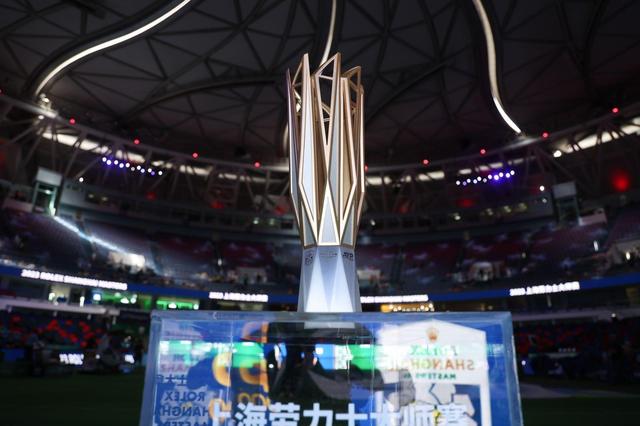
The venue of the Shanghai Masters—Qizhong Forest Sports City Tennis Center—is located in Maqiao Town, Minhang District, which is relatively far from the city center, causing some inconvenience for spectators. A longtime fan recalled, “Twenty years ago, this place felt quite isolated, as there was only the central court and almost nothing else.” Although the surrounding facilities have improved with urban development, transportation remains a significant barrier for many attendees. Facing these challenges, the Shanghai Masters is actively seeking breakthroughs to turn this “destination” into a “starting point.”
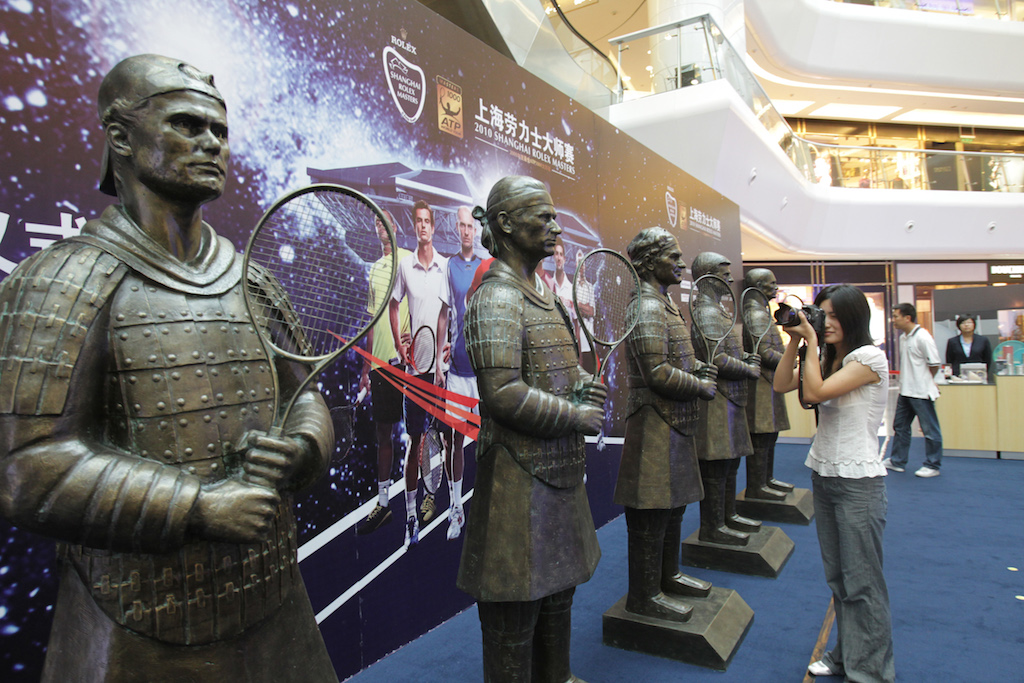
In October 2025, ATP and Juss Sports held a strategic cooperation press conference to jointly announce the establishment of Asia’s first ATP development center and officially unveil the “Juss International Tennis Academy.” ATP CEO Paul said, “Both ‘firsts’ happening in Shanghai demonstrate the city’s appeal and our confidence in this vibrant land.” These initiatives mark the official launch of Shanghai’s tennis ecosystem, aiming to build a full industry chain covering athlete training, rehabilitation, fitness, and technological innovation. Yang Yibin, Chairman of Shanghai Juss Sports Industry Development Group, noted, “Before 2022, the team focused only on the tournament, but in recent years, with changing internal and external environments, the Shanghai Masters has become a ‘locomotive.’”
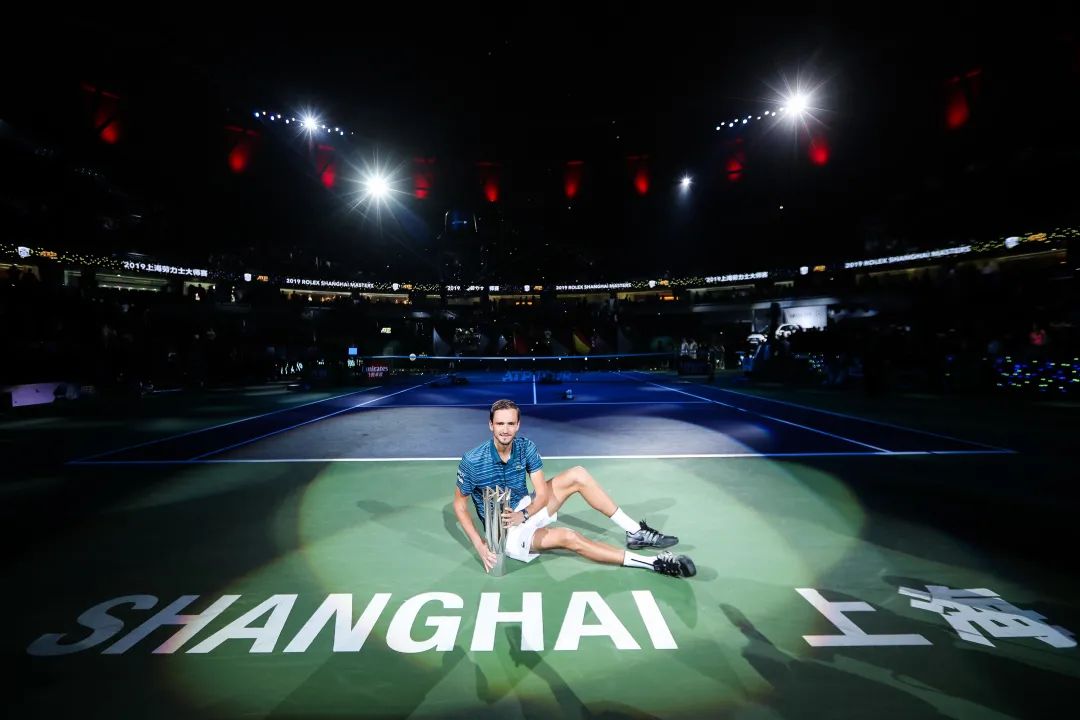
The “Tennis Town” project, covering the core area of Maqiao in Minhang, will integrate regional resources to promote the fusion of culture, tourism, commerce, and sports, extending tennis’s influence further. As Chinese male players such as Wu Yibing and Zhang Zhizhen continue to make breakthroughs internationally, the Shanghai Masters is expected to become a catalyst for the rise of Chinese tennis talents. With the maturation of “Tennis Town” and operation of the ATP development center, the Shanghai Masters will evolve beyond a two-week event into a year-round tennis cultural hub. Transportation challenges may ease with regional development, and the absence of a women’s event might be addressed as China’s tennis market grows.

Year after year, the white magnolias bloom and the lights of Qizhong Tennis Center shine brightly. The Shanghai Masters, as a city’s hallmark, continues to write a new chapter in Asian tennis with its unique Eastern charm.(Source: Tennis Home Author: Xiao Di)







 Links
Links
 Contact
Contact
 App
App


